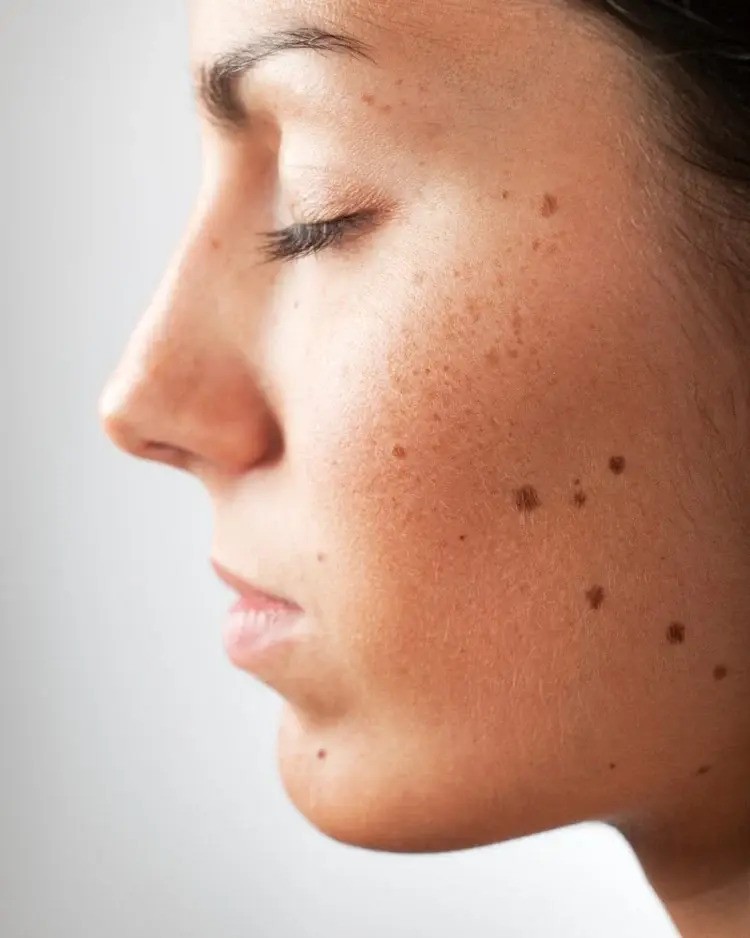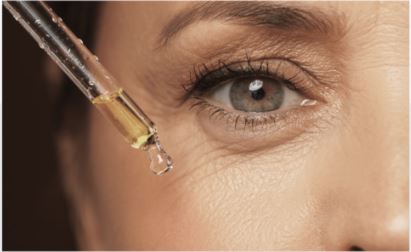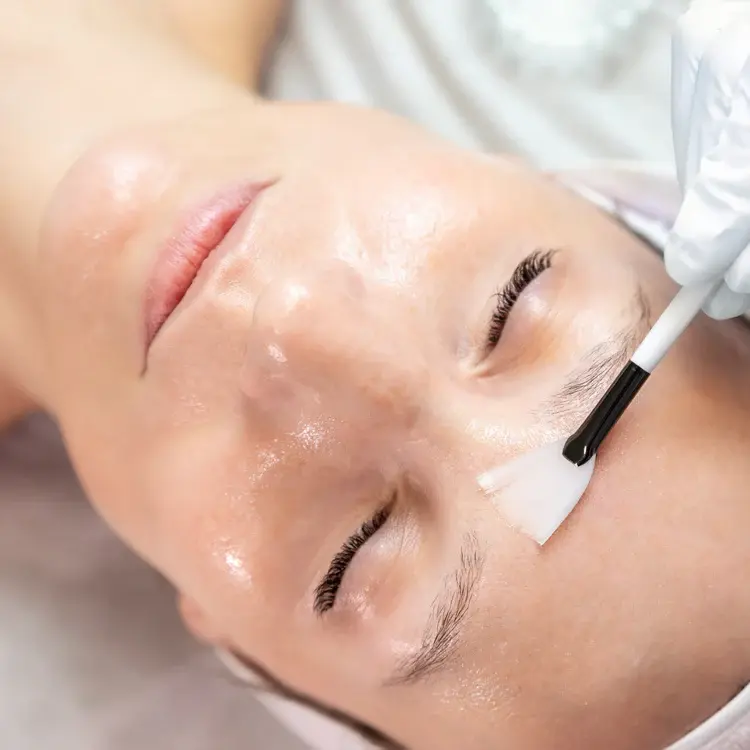Laser hair removal has become a popular choice for individuals seeking a more permanent solution to unwanted hair. This advanced treatment uses concentrated light to target hair follicles, effectively reducing hair growth over time. Unlike traditional methods such as shaving or waxing, laser hair removal offers a more long-lasting result, saving you time and effort in the long run. But how does it work, and what can you expect from these treatments?
The process involves directing laser beams at the pigment in the hair follicles. The light energy is absorbed, transforming into heat, which then damages the hair follicles. This damage inhibits future hair growth, leading to smoother skin. It's essential to understand that laser hair removal works best on individuals with a contrast between hair and skin color, such as dark hair on light skin. However, advancements in technology have made it possible for people with various skin tones and hair colors to benefit from this treatment.
One of the most common questions is "how long between laser hair removal treatments" should be scheduled. Understanding this timing is crucial for achieving optimal results. The interval between sessions allows the treated hair to fall out and gives time for the next growth cycle to begin, which is when the laser will be most effective again. Typically, sessions are spaced four to six weeks apart, but this can vary depending on the area being treated and individual hair growth cycles.
At Beauty O’Clock Medical Spa, we offer a variety of laser hair removal services tailored to meet your specific needs. Book an appointment / free consultation or call 647-812-8752 for more info and start your journey towards smoother, hair-free skin today!
Understanding Hair Growth Cycles

To fully appreciate the effectiveness of laser hair removal, it's essential to understand the intricacies of hair growth cycles. Each hair on the human body goes through a life cycle that consists of three main phases: the anagen, catagen, and telogen phases. These stages are crucial in determining the timing of laser hair removal treatments.
- Anagen Phase: This is the active growth phase, where the hair is most visible and attached to the follicle. It's during this phase that laser hair removal is most effective, as the laser targets the pigment within the follicle.
- Catagen Phase: Known as the transitional phase, the catagen phase lasts for a short period. The hair stops growing and detaches from the follicle, making it less susceptible to laser treatment.
- Telogen Phase: This is the resting phase, where the hair is shed naturally and the follicle remains dormant for a while before new hair begins to form. Laser hair removal during this phase is not effective, as there is no active hair to target.
Each hair follicle operates independently, meaning different hairs on your body can be in different phases at any given time. This is why multiple laser hair removal sessions are necessary to capture every hair during its anagen phase. Understanding these cycles helps in planning and optimizing the intervals between treatments, ensuring that each session is as effective as possible. By targeting hair in its active growth phase, the laser can significantly reduce future hair growth, leading to the smooth, hair-free skin you desire.
Ideal Time Interval Between Sessions

Determining the ideal time interval between laser hair removal sessions is crucial for achieving optimal results. The timing largely depends on the area being treated and the individual's unique hair growth cycle. However, as a general guideline, sessions are typically spaced four to six weeks apart.
For facial areas, such as the upper lip or chin, where hair tends to grow faster, the interval can be closer to four weeks. This ensures that the laser targets as many hairs as possible during their anagen phase. Conversely, for areas like the legs, back, or bikini line, where hair growth occurs more slowly, a six-week interval may be more appropriate. Following this schedule allows for maximum effectiveness by capturing hair in its critical growth phase.
Moreover, as you progress through your treatment plan, the frequency of sessions may decrease. After several sessions, you may notice a significant reduction in hair growth and density. At this point, your specialist might recommend extending the interval between sessions, typically to eight weeks or more, depending on individual results.
It is essential to adhere to the recommended timeline set by your skincare professional to ensure each session effectively reduces hair growth. This adherence plays a pivotal role in minimizing the number of sessions needed and achieving long-lasting results. Each individual's response to treatment can vary, so personalized consultation and monitoring are key in refining the intervals for maximum benefit.
Factors Influencing Session Frequency
Several factors influence the frequency of laser hair removal sessions, making it essential to tailor the treatment plan to each individual's unique needs. Understanding these factors can help optimize the effectiveness of each session and achieve the desired outcome more efficiently.
One of the most significant factors is hair color and skin type. The laser targets the pigment in the hair, making it more effective on those with dark hair and lighter skin. Individuals with lighter hair or darker skin may require more sessions at different intervals to achieve similar results. Technology advancements have improved outcomes for various skin and hair types, but adjustments in session frequency might still be necessary.
Hormonal influences also play a critical role in determining session frequency. Hormonal changes, such as those occurring during puberty, pregnancy, or menopause, can affect hair growth patterns. These changes may necessitate a customized treatment plan with adjusted intervals to account for any variations in hair growth caused by hormonal fluctuations.
Another consideration is the area of the body being treated. Certain areas, like the face, may require more frequent sessions due to faster hair growth cycles, while others, like the back or legs, might allow for longer intervals between treatments.
Finally, the individual's response to treatment is a crucial factor. Some people may experience quicker results, leading to fewer necessary sessions, while others might require additional treatments to achieve the desired level of hair reduction. Regular assessments by a qualified professional can help determine the most effective session frequency for each person.
Benefits of Following Recommended Schedule

Adhering to the recommended schedule for laser hair removal is crucial for achieving optimal results, as it ensures that the treatment aligns with the hair growth cycle. By following the recommended intervals, you can maximize the efficacy of each session and enjoy a more effective and lasting hair reduction.
One of the primary benefits of sticking to the suggested schedule is the increased effectiveness of each laser session. Hair grows in cycles, and only those in the active growth phase (anagen) are affected by the laser. By timing sessions appropriately, treatments target the maximum number of hair follicles, leading to more significant reduction over time.
Another key advantage is the long-term cost-effectiveness. While it might seem tempting to stretch out appointments to save money initially, doing so can prolong the treatment process and potentially require additional sessions. By maintaining the recommended schedule, you ensure that each session is as effective as possible, potentially reducing the total number of treatments needed.
Moreover, adhering to the schedule minimizes the risk of skin irritation and other side effects. Overlapping sessions too closely can lead to increased skin sensitivity, while extending the interval too much might result in less effective treatments. A balanced approach helps maintain skin health and comfort throughout the process.
Finally, following the recommended schedule helps you achieve consistently smooth skin. Regular sessions ensure that hair growth is continually reduced, allowing you to enjoy the benefits of laser hair removal sooner and maintain the desired results over the long term.
Aftercare and Maintenance Tips

Proper aftercare is essential to achieving the best results from your laser hair removal treatments and ensuring your skin remains healthy and smooth. **Understanding and following these aftercare tips** can make a significant difference in your overall experience and results.
Immediately following your session, it's crucial to avoid direct sun exposure on the treated areas. The skin can be more sensitive to UV rays after treatment, so using a broad-spectrum sunscreen and protective clothing is highly recommended.
In the days following your treatment, apply a gentle, soothing moisturizer to keep the skin hydrated and reduce any minor irritation or redness. Avoid hot showers, saunas, and vigorous physical activities that may cause excessive sweating, as these can exacerbate skin sensitivity.
Exfoliating the treated area gently with a soft cloth or mild scrub a few days after the session can help remove dead hair follicles and promote smooth skin. However, avoid harsh exfoliants that can irritate the skin.
Refrain from waxing or plucking between sessions, as these methods can interfere with the effectiveness of the laser treatment. Shaving is allowed as it does not impact the hair root.
For ongoing maintenance, it's essential to follow the recommended schedule for additional sessions. This ensures that each session targets hair effectively during the growth phase, leading to optimal results.
By practicing these aftercare and maintenance tips, you can enjoy the benefits of a successful laser hair removal journey. Book an appointment / free consultation or call 647-812-8752 for more info on how to maintain your laser hair removal results at Beauty O'Clock Medical Spa.
